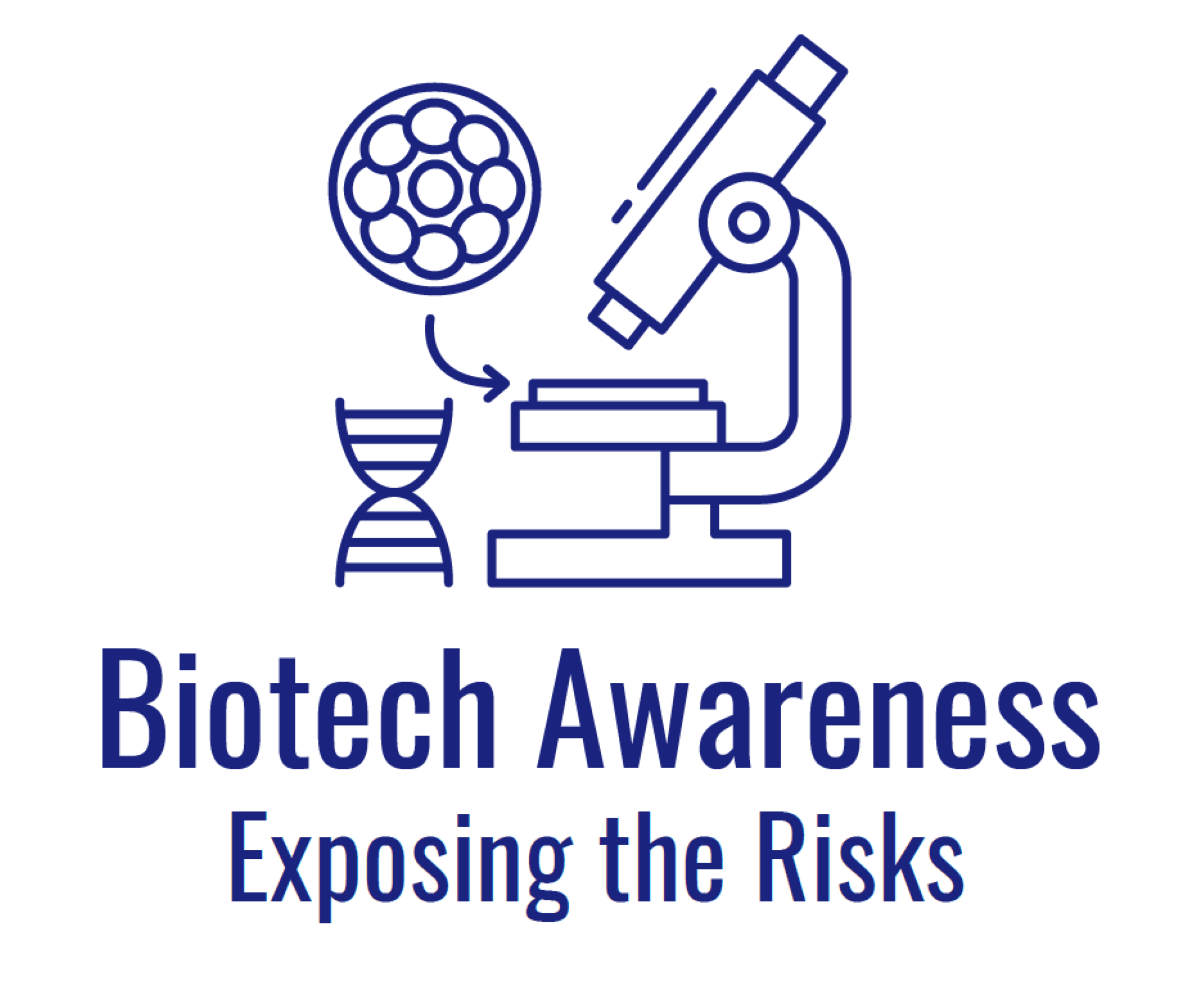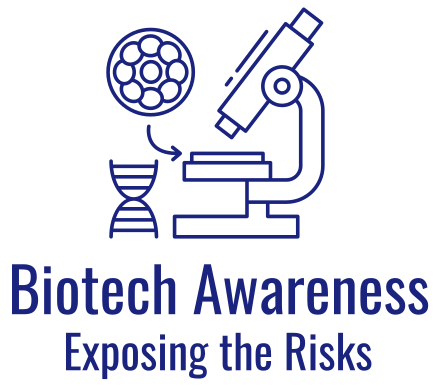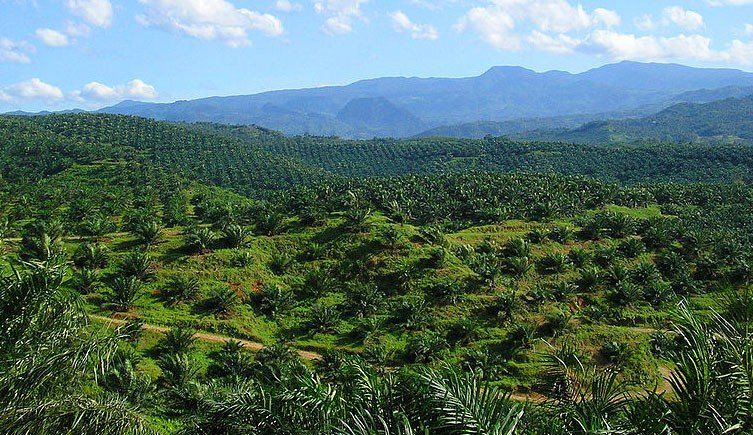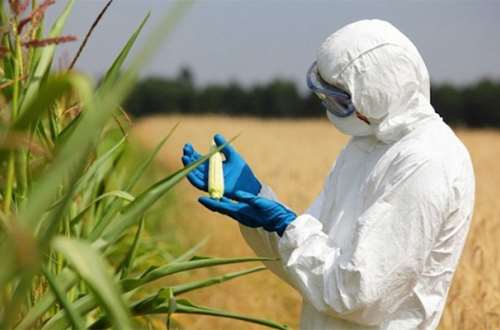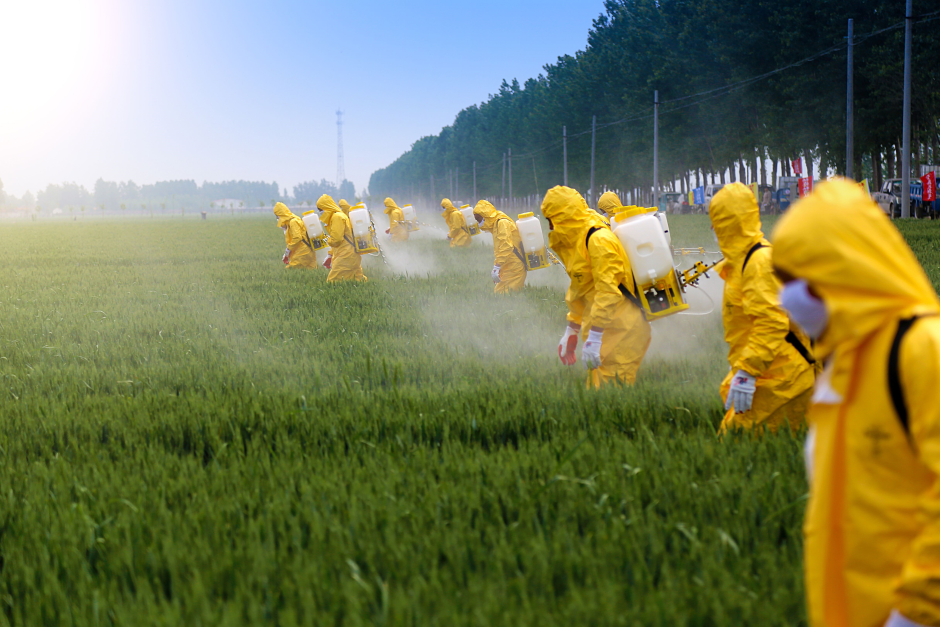Agriculture and Environment
Agriculture
Biotechnology ranges from brewing beer to genetically engineering crops to making enzymes into cleaning products. Wherever science manipulates nature for human ends, biotechnology is there.
According to a 2020 article titled "The Disadvantages of Biotechnological Products," if most people had to list the 10 disadvantages of biotechnology, agricultural uses would rank high. Many people are uneasy about having products from genetically modified organisms (GMOs) in their food. Just look at how many foods proudly advertise as having no genetically modified ingredients (no GMOs).
Agriculture
Agriculture is negatively impacted by biotech in many ways, including:
- Generation or emergence of weeds or super weeds may occur. If some plants are GMOs and are sown in the field, it may overlap and interfere with the normal cultivated crops.
- Alteration of natural nutritional value of crops due to application of recombinant DNA technology.
- Loss of biodiversity and reduction in the yield of crops.
- Relying on GMOs reduces the natural genetic diversity found in agriculture. If, say, all corn or soybeans have the same genetic profile, there's a greater chance of some fungus or parasite wiping out the entire national crop.
Environment
Risks to biodiversity and wildlife are also important environmental issues. Careful assessment is necessary of the risks associated with the possible creation of new selection pressures coming from the introduction of genetically improved organisms into the environment.
Of special concern is the potential impact on biodiversity of genetically improved organisms as the selection pressures wield influence in the species composition of the ecosystem. These concerns merit further study, especially on the behaviour of genetically improved organisms in the open environment.
Drift of these chemicals to surrounding areas is also a significant concern. There are many cases of drift affecting schools and residential areas.
One example of the negative impact: Herbicide-resistant crop technology has led to a 239 million kilogram (527 million pounds)
increase in herbicide use in the United States between 1996 and 2011. This means Americans are now ingesting much higher levels of the herbicide and have much higher blood-serum levels of glyphosatethis without adequate knowledge of the cumulative effects of such exposure.
Environment
The framework for strategic planning in the deployment of genetically improved organisms should be formulated with sustainability and impact on human health as the primary concerns. Both food safety and biosafety regulations should reflect international agreements and best practices and a given society’s acceptable risk levels. And, certainly, more research needs to be done regarding the health effects of bioengineering our food.
